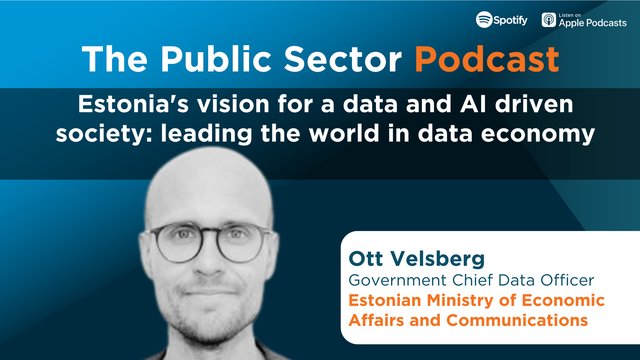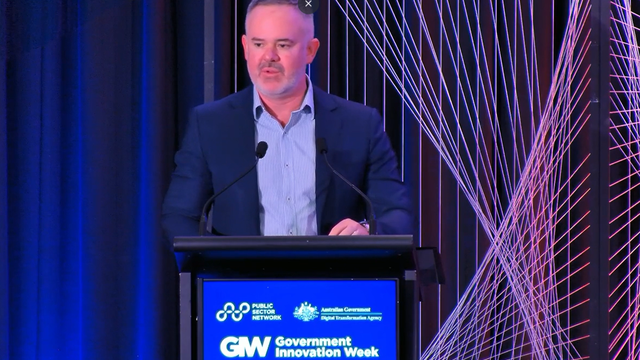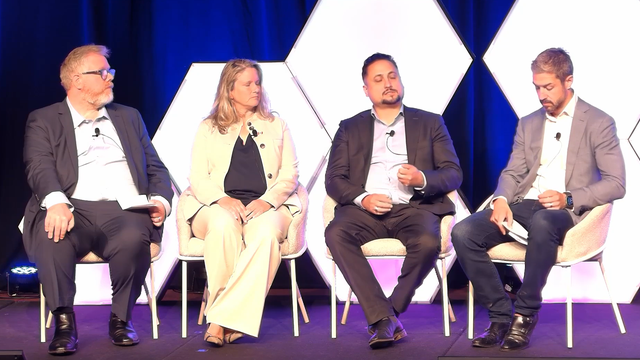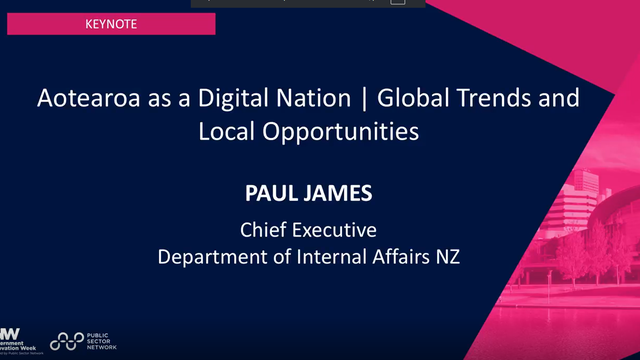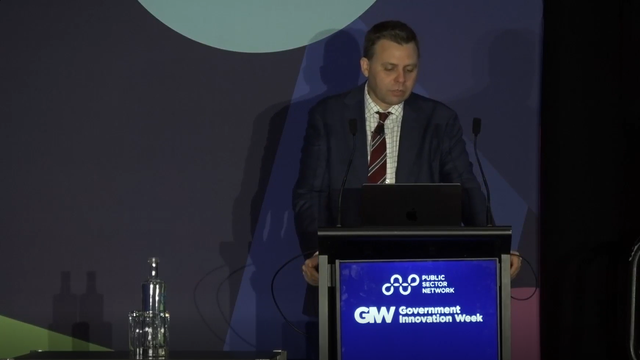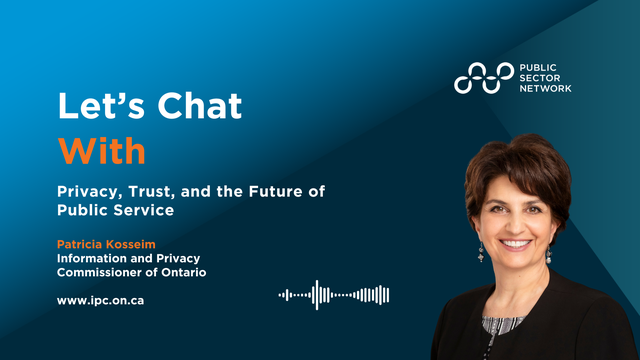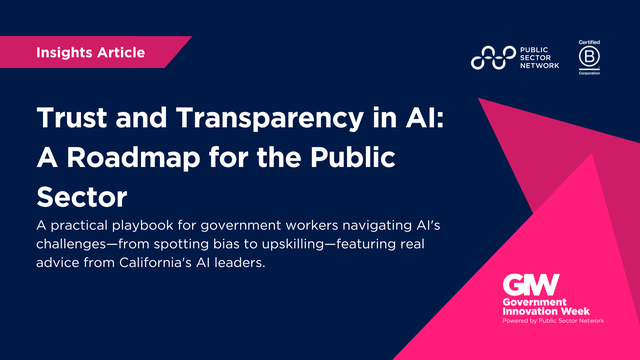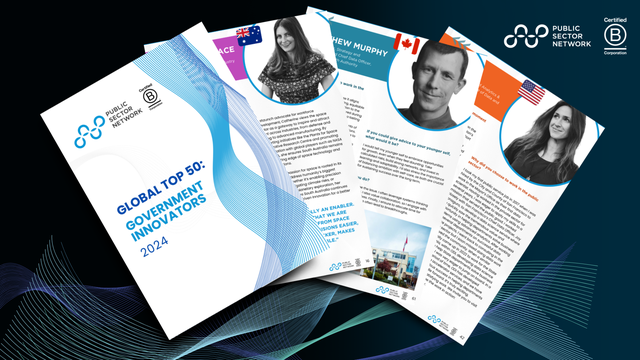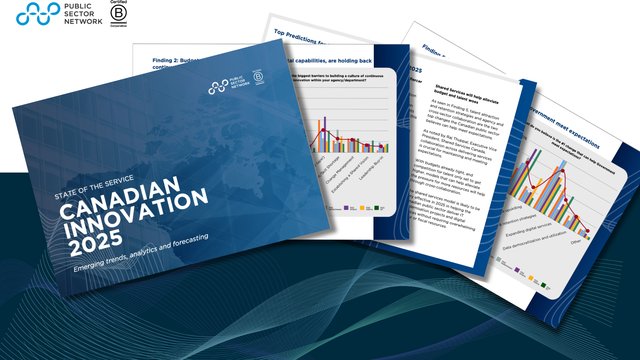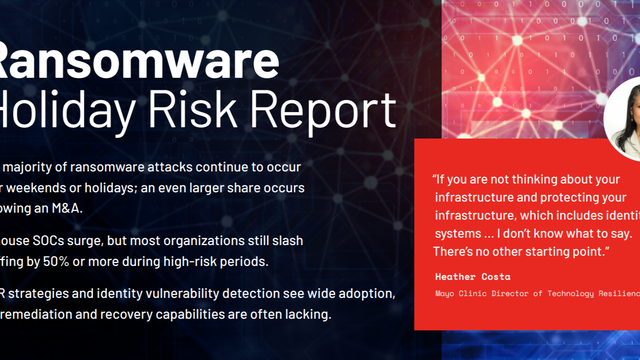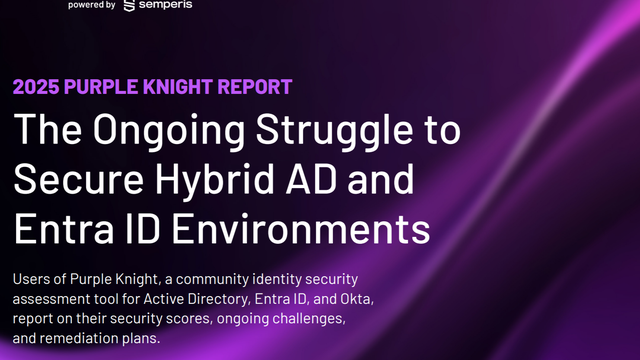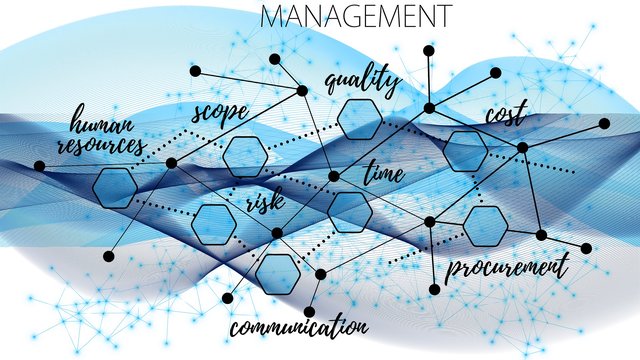
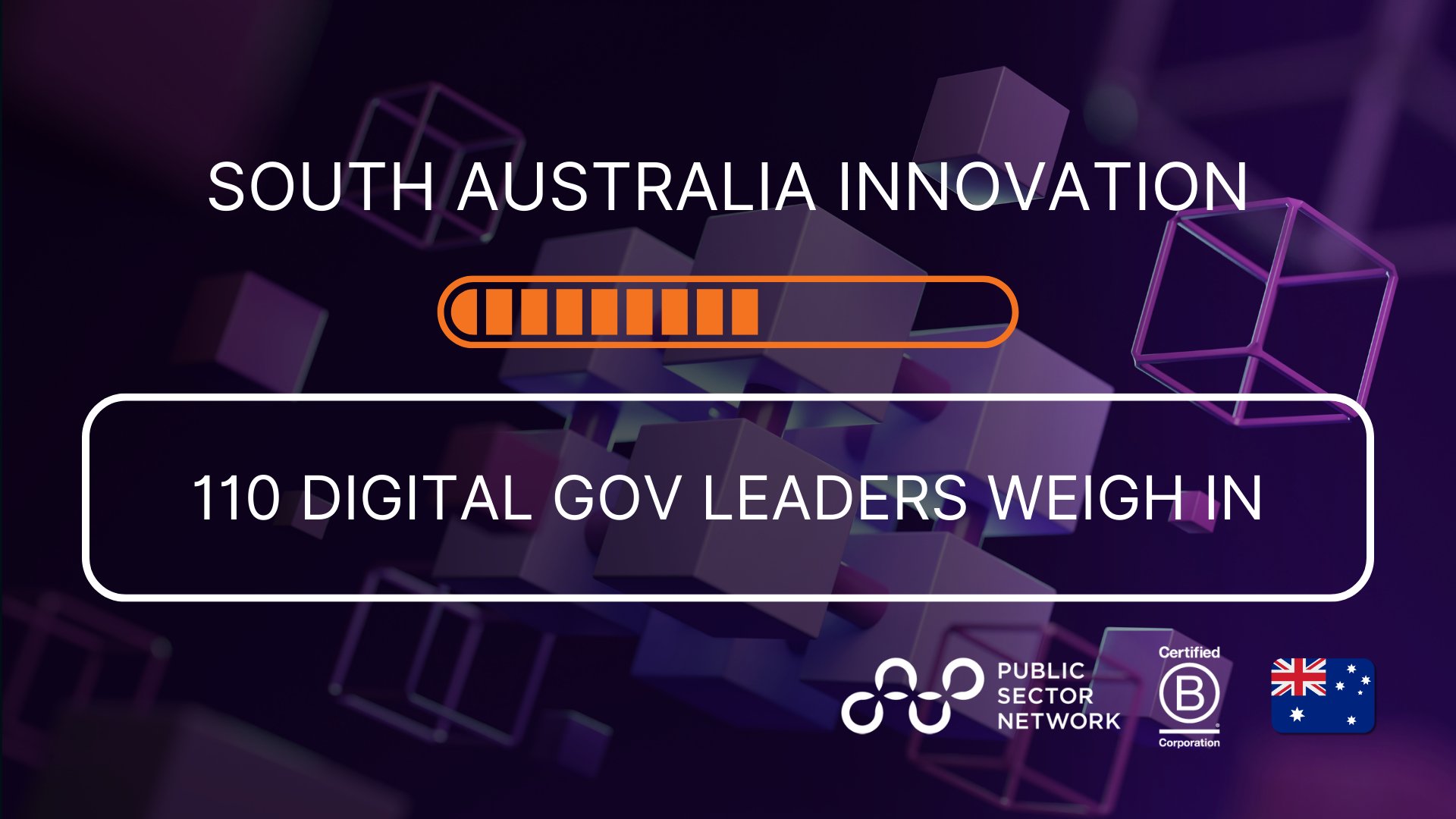
South Australia’s Digital Government Pulse: Key Priorities, Challenges, and the Path Forward
As digital transformation accelerates across Australia’s public sector, South Australia’s government leaders are navigating a complex landscape of workforce challenges, financial constraints, and evolving technology needs. To gain real-time insights into the state’s priorities and hurdles, recent polling results provide a comparative look at South Australia’s digital agenda versus national trends.
The results reveal a strong emphasis on workforce attraction, retention, and upskilling, positioning South Australia as a leader in addressing public sector talent shortages. However, lower cross-agency collaboration, reduced investment in digital services, and slower progress in data utilisation highlight critical areas where the state diverges from broader national trends. Budget constraints remain a defining challenge, shaping the pace and scale of digital transformation efforts.
This analysis unpacks South Australia’s polling data, identifying key takeaways and opportunities to strengthen digital government initiatives. From talent strategies to cybersecurity concerns, these findings provide a roadmap for how South Australia can balance workforce priorities with cross-sector collaboration and technological innovation to build a more resilient, future-ready public sector.
South Australia’s Digital Priorities: Workforce Wins, But Is Collaboration Falling Behind?

South Australia's top priority, transforming and automating processes (23%), aligns precisely with the national average, reinforcing a shared commitment to modernising government services. This consistency reflects a nationwide recognition of automation as a key driver of efficiency, productivity, and improved service delivery. It also underscores the growing influence of AI-driven advancements in public sector transformation.
Notably, South Australia places a stronger emphasis on workforce development than the national average, with updating workplace culture and upskilling the workforce (21%) and becoming more data-driven in decision-making (21%) both registering two percentage points higher than the national average (19% and 18%, respectively). This suggests a heightened regional focus on building digital capabilities and fostering a data-literate workforce—an essential foundation for sustainable digital transformation.
The impact of this discrepancy emerges in investment in new technology and digital services (11%) where South Australia displays a minor lag behind the national average (14%), indicating a more measured approach to technology adoption. This may reflect resource allocation strategies that prioritise process optimisation and workforce readiness over immediate tech investments, or a need for stronger alignment with national innovation strategies.
Similarly, while modernising data and cyber security processes (11%) sits slightly above the national average (9%), South Australia's lower emphasis on collaboration (6%) compared to the national 11% stands out as a potential area for improvement. Effective interdepartmental and cross-tier collaboration is a key enabler of scalable digital transformation, and this gap suggests an opportunity to strengthen partnerships across government agencies to drive more cohesive digital strategies.
The South Australian results highlight a strong regional focus on workforce capability and data-driven decision-making, but also reveal potential trade-offs in technology investment and inter-agency collaboration. To maximise long-term digital government success, South Australian organisations may benefit from balancing their workforce-centric approach with a stronger emphasis on ecosystem-wide collaboration and technology-driven innovation.
South Australia’s Biggest Digital Barrier: Budget Woes or a Looming Talent Crisis?

South Australia’s top challenge, budget constraints (35%), exceeds the national average (32%), reinforcing the widely shared concern about financial limitations in delivering digital transformation. Funding pressures. then are clearly felt just as acutely, if not moreso, in South Australia, potentially influencing prioritisation decisions around technology investment and workforce upskilling we saw in the previous poll.
A striking divergence appears in talent and skill shortages, where South Australia (21%) significantly surpasses the national average (13%). This suggests a heightened regional struggle in attracting and retaining digital talent, underscoring the urgency of workforce development initiatives. Notably, South Australia already places a stronger emphasis on workforce upskilling, as reflected in the previous poll results—further highlighting the recognition of this issue but also suggesting a gap in fully addressing it.
Similarly, change management (13%) and digital capabilities (12%) are both notably higher than the national benchmarks (8%), indicating that organisations in South Australia may be grappling with the operational and technical challenges of transformation more than their national counterparts. This could reflect systemic hurdles in adapting to new ways of working and leveraging digital tools effectively.
Conversely, policy and process barriers (‘red tape’) are perceived as a significantly lower concern in South Australia (9%) compared to the national 20%, suggesting either more streamlined regulatory environments or a greater focus on other transformation blockers. This could position South Australia well for agile digital reform, provided other barriers—such as talent and technology gaps—are addressed.
A particularly sharp contrast emerges in leadership buy-in (2%), which sits dramatically below the national average (10%). While this could indicate stronger executive alignment in South Australia, it may also signal that leadership resistance is not seen as a primary roadblock compared to more immediate challenges like funding and skills. However, ensuring continued executive commitment remains critical to sustaining digital transformation efforts.
These findings highlight South Australia's acute focus on overcoming workforce and capability challenges, while showing a comparatively lower concern for bureaucratic barriers and leadership buy-in. To drive long-term success, organisations may need to enhance strategies for attracting and retaining digital talent, while leveraging South Australia's seemingly more flexible policy environment to accelerate transformation initiatives.
South Australia’s External Pressures: High Recognition of the Digital Divide than National Counterparts

South Australia’s top external pressure—economic constraints (37%)—aligns closely with the national average (36%), reaffirming that budget limitations and competing priorities remain a dominant concern across all jurisdictions. This reinforces the findings from the previous poll, where budget constraints were identified as the leading internal challenge, highlighting persistent financial pressures on digital transformation efforts.
Workforce-related concerns remain high on the list with talent attraction and retention aligning with over a quarter of respondents (26%). As South Australia previously reported an internal skills shortage, this external pressure suggests that organisations may be split between perception of workforce gaps as either an internal, addressable issue or a potentially insurmountable external barrier.
South Australia shows a high sensitivity to technological challenges, ranking concerns over the digital divide and the rate of change (21%) as it's third top challenge. This suggests a regional recognition of both infrastructure disparities and the accelerating pace of technological advancement, underscoring the need for strategies that bridge gaps in digital access and readiness.
Cybersecurity and information security (9%) ranks in line with the national average (7%), departing from South Australia’s previously demonstrated emphasis on cyber resilience. This likely displays a hierarchy of priorities, and perhaps elevated risk, whereby cyber security is dependent on all three challenges that precede it (economics, workforce, and technology). As a fundamental enabler of digital transformation, security will be pivotal in ensuring trust and stability in government services, and may one day fly to the top of the list if other challenges are not solved for in time.
South Australia’s Workforce Strategy: Leading in Upskilling

South Australia stands out with a stronger emphasis on career pathways and upskilling (36%) compared to the national average (32%), reinforcing the state’s heightened focus on workforce capability seen in previous polling. This aligns with South Australia’s prioritisation of digital skills and change management, signalling a proactive effort to build internal expertise and long-term workforce resilience.
Notably in second place, a significant portion of South Australian respondents (27%), albeit slightly less than the national average, said they are not addressing workforce development but believe they should be. This does alarm that South Australian organisations are comparatively less engaged practical in workforce initiatives despite marking it as the second greatest challenge to the sector, at least acknowledging the need for change.
Flexible working as a strategy to expand talent pools (17%) aligns exactly with the national average, reinforcing its role as a widely accepted approach to attracting and retaining digital talent along with aligning with employee values (9% vs. the national 7%) indicates an low recognition of the importance of purpose-driven work and employee engagement in talent retention.
Meanwhile, South Australia’s results for improving the government brand (6%), offering non-traditional benefits (3%), and not prioritising workforce development (2%) closely mirror national trends, suggesting that these strategies remain secondary to more direct efforts like upskilling and flexible work arrangements.
South Australia’s Digital Transformation Focus: Talent First, But At What Cost?

South Australia’s top priority—talent attraction and retention (38%)—significantly exceeds the national average (22%), finally rounding of the state’s acute focus on workforce challenges. This aligns with previous polling that identified skills shortages and career path development as key concerns. The heightened emphasis suggests that South Australian organisations are desiring of new ways to secure and retain digital talent to sustain long-term transformation efforts.
However, this focus appears to come at the expense of cross-agency and cross-sector collaboration, which ranks significantly lower in South Australia (30%) compared to the national average (39%). Given that collaboration is also a key enabler of an adaptive and flexible public sector workforce, this gap suggests an opportunity for South Australian organisations to strengthen partnerships across government and industry to drive more coordinated and resource-efficient innovation.
In contrast, South Australia lags behind in data democratisation and utilisation (7% vs. the national 12%) and expanding digital services (6% vs. 11%), indicating a relative deprioritisation of these areas. This could suggest that organisations are currently more focused on foundational workforce and talent challenges before scaling digital services and data-driven initiatives. However, ensuring that workforce strategies are supported by robust data capabilities will be essential to long-term transformation success, especially as Australia continues to rank low in Open Data and Open by Default measures in global indexes.
Conclusion: South Australia’s Digital Government at a Crossroads—Balancing Workforce Strengths with Collaboration and Innovation Gaps
South Australia’s public sector polling results reveal a strong emphasis on workforce development, with talent attraction, retention, and upskilling emerging as top priorities. This focus reflects a strategic recognition that digital transformation is not just about technology adoption but also about equipping public servants with the right skills to drive long-term success.
However, this workforce-first approach comes with trade-offs, most notably in reprioritised cross-agency collaboration and a weaker emphasis on data-driven decision-making. Without stronger intergovernmental cooperation and improved data utilisation, South Australia risks falling behind the curve in digital government readiness.
Budget constraints remain the biggest overarching challenge, shaping priorities and potentially limiting investment in emerging technologies and digital service expansion. While cybersecurity concerns are growing, they remain secondary to the workforce agenda, suggesting that digital resilience strategies may need further integration into broader transformation efforts and indeed the workforce itself.
South Australia organisations should be applauded for recognition of people as pivotal in the modernisation of government. Yet to compound progress, aligning holistic workforce strategies with stronger data practices, digital service expansion, and collaborative partnerships, South Australia could speed its public sector transformation on multiple levels into a resilient, digitally mature ecosystem that meets both current and future demands.



